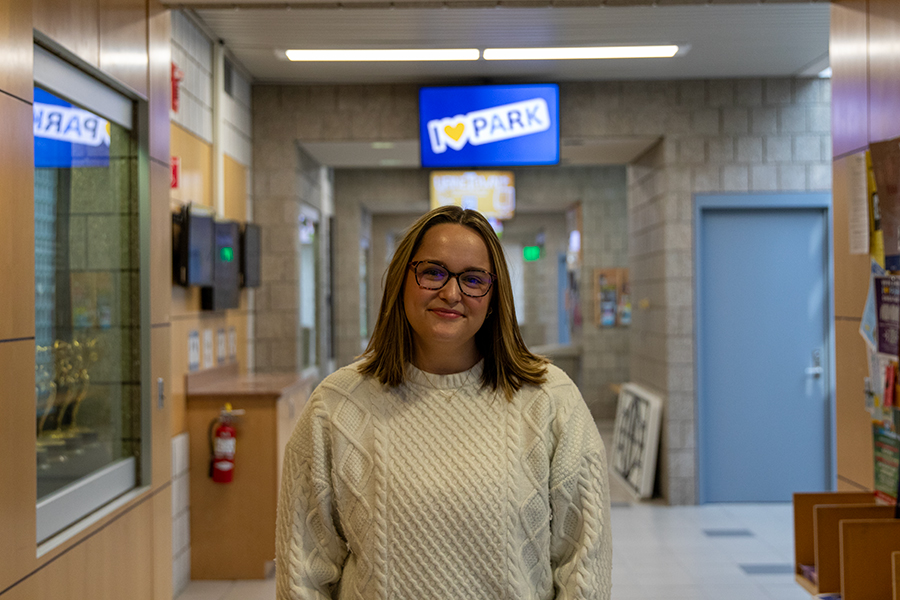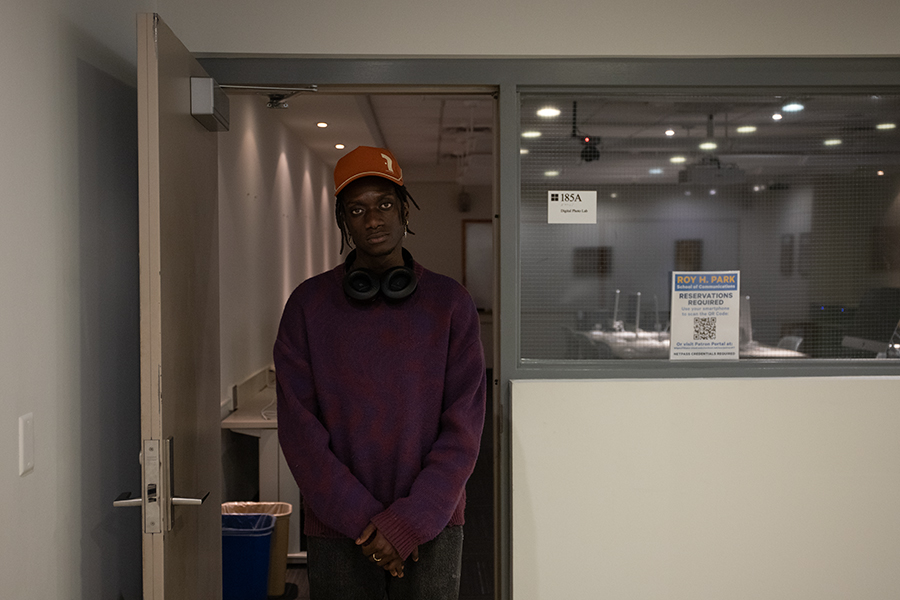Tech news consumers have been hearing about the post-PC era for a while now — a world where phones and tablets will handle the majority of our computing needs. For the first time ever, smart phone sales exceeded PCs this past holiday quarter, and tablets like the iPad and Kindle Fire have been growing in popularity. However, there is still one area that hasn’t been overly accepting of the trend: education.
Together, Apple and Samsung sold more than 60 million smartphones in the past three months, a number heralding a world where PCs will be reserved for work and high-power applications like Photoshop and video games, where email, Internet browsing and computer use will be reserved for much smaller, multi-touch screens.
Society hasn’t yet reached post-PC though, and college campuses are a prime example of the reason why. Though many students carry smartphones with them every day, they’re not being used or even allowed in the classroom.
There’s a growing disconnect between laptop and cellphone use in education. Where classrooms are often full of students sitting on their laptops, cellphones are typically banned from lectures. Laptops have assumed the role of “good” technology, whereas phones, which can handle similar work as PCs, have been relegated to the corner mostly because they were the first technology to be brought into a classroom. Students can text and screen calls using their phones, but with free wireless in every building, most would rather play games or use Facebook chat on their laptops.
Phones are smaller, lighter and increasingly well suited for educational tasks. Apps like Evernote make it easy to type notes, record audio or snap pictures, then share them across virtually all platforms. Why hand write and draw diagrams when a simple picture of the information on the board does the same work and frees students to focus on analyzing the information instead of strictly copying it? There are a growing number of apps looking to simplify education, and the welcoming of smartphones into the classroom will only prompt more creativity in the field.
Students need to be trusted to use their phones effectively in the classroom, just as they are trusted to use laptops. As the rest of the world moves toward a post-PC era of computing, education will need to catch up. Tablets and phones are smaller and lighter than laptops, making them ideal to transport between classes, dorm rooms and homes. Until teachers start accepting them as tools and not just toys, educational applications will have a hard time gaining traction among college students.
TJ Gunther is a senior journalism major. Email him at [email protected].






